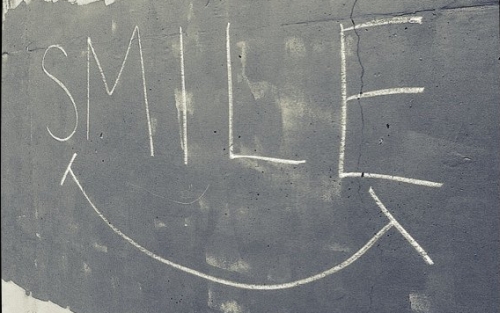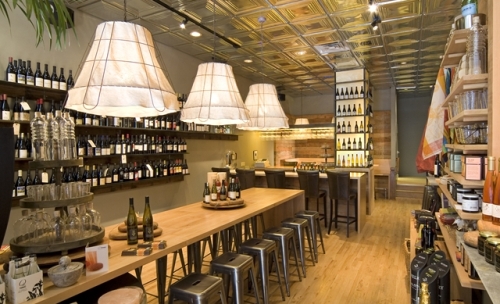The 5 Most Important Things to Look For When Choosing an Event Venue
- Posted in:
- Essential Tips

The Holding Co. Event Space in Los Angeles
When planning an event, a venue shouldn't be a yes-or-no checkbox on a to-do list. More than a simple roof over the heads of your guests, it sets the stage for the atmosphere you're attempting to create, and can entice donors to produce their wallets and attendees to enjoy themselves just as much as music or food selection. With all the variables at hand, however, finding the right fit can make even the most seasoned event organizer feel a little like Goldilocks -- this hall's too big, this kitchen is too small, these walls are too...purple. Here are five of the most important considerations to keep in mind when selecting your venue:
1.Location, location, location.
It's as true a saying for events as it is for real estate sales -- find the right spot and "they" will come. The Club Bar and Grill in Manhattan, for instance, is more than simply easily accessible -- it's located in the iconic Madison Square Garden atop Penn Station. No matter if your guests are traveling via train, bus, or light rail from the nearby New York airports, they'll be able to find and access your event space easily, minimizing lost attendees and late arrivals. Consider when and where your guests will be arriving from and pick a venue that makes it a simple journey. If it's difficult to bring a car along, the building is hard to find, or parking is scarce, your attendance numbers may suffer accordingly.
2. Take a walk in your guests' shoes.
There is generally a flow of movement at an event space, and if you're already aware of what tables the caterers will need or how many square feet the entertainment requires, you're well on your way to marking it out. Walk through -- either physically or mentally -- your potential venue space and consider the experience you're offering. Will there be a traffic jam at the buffet table? Are the bathrooms easy to locate? If an event space is too crowded or has an odd layout, the memories your guests will leave with won't be pleasant. Choose a venue that not only comfortably holds your guest list, but allows the attendees to mingle without jostling and dodging one another.
3. Shed some light on the situation.
All too often, a carefully planned event has gone awry when organizers fail to consider the outlets, cords, power capabilities and other utilities they need. Your event space should be able to provide you with information about available outlets, existing lighting structures, and even audio/visual capabilities. Explain your requirements to your potential venue and ensure there's not a mismatch between your expectations and their reality.
4. Research the entry points.
Some events require elaborate displays, large catering creations, or other unusually large items. Ask about loading docks, clearance heights, and the availability of drive-up unloading to make sure that all of your event materials can get inside without the need to dismantle them. If you plan on having a coat check, ticket taker, or ID verification stations, this would also be a good time to consider where they'd go.
5. Know the policy on refunds and culpability.
While events should go smoothly in an ideal world, the fact remains that sometimes unforeseen circumstances arise. If your headlining entertainment cancels at the last minute or a natural disaster wreaks havoc on your chosen site's town, knowing your options for backing out ahead of time will prove invaluable. A trustworthy venue will have these circumstances outlined in their contract, empowering you to make the tough decisions in an informed way if issues should prevent your event from proceeding as scheduled.
You know that your event is an important one, so choosing a venue that shares that belief will bring you that much closer to a memorable gala. Ask the tough questions, compare and contrast, and use these tips to weed out venues that don't suit your needs -- the success of your event might just depend on it


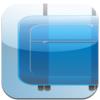

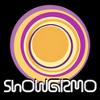





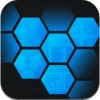
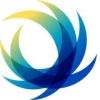




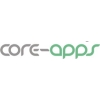
 Creating the perfect Mad Men Space would be difficult, not to mention expensive (the show has over a $25,000 weekly budget for set decorations). If you’re willing to sacrifice a little period authenticity, however,  there are a lot of compromises that you can do to make your space “MadMen-esque†without having to mortgage your kidneys. From the resurgence of cocktails to
Creating the perfect Mad Men Space would be difficult, not to mention expensive (the show has over a $25,000 weekly budget for set decorations). If you’re willing to sacrifice a little period authenticity, however,  there are a lot of compromises that you can do to make your space “MadMen-esque†without having to mortgage your kidneys. From the resurgence of cocktails to 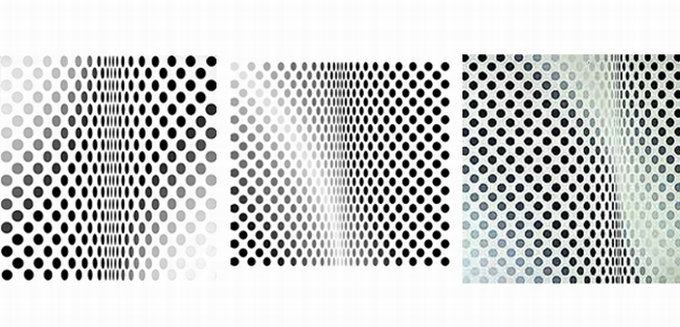 If you really want to go all out, you’ll want to decorate your space with art from the period. If you want a comprehensive look at the kind of artwork that gracing the walls of Sterling Cooper’s offices and the homes of their employees look no further than the
If you really want to go all out, you’ll want to decorate your space with art from the period. If you want a comprehensive look at the kind of artwork that gracing the walls of Sterling Cooper’s offices and the homes of their employees look no further than the  If price isn’t a concern, it might be fun to go all out and see if you can recreate Don Draper’s office to the letter. This can be a challenge because a lot of the set decorations are,
If price isn’t a concern, it might be fun to go all out and see if you can recreate Don Draper’s office to the letter. This can be a challenge because a lot of the set decorations are, 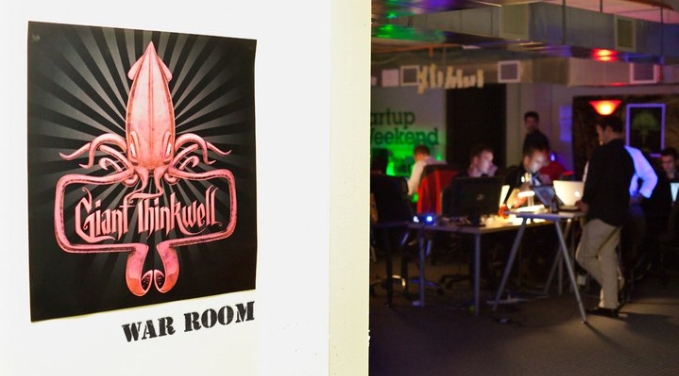
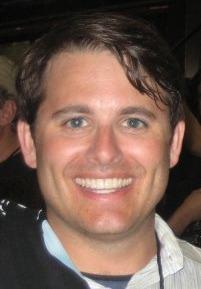 Adam Tratt.
Adam Tratt.
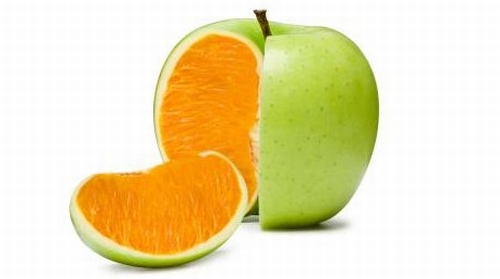 When the mind is exposed to absurdity (like non-sequitors or
When the mind is exposed to absurdity (like non-sequitors or 
